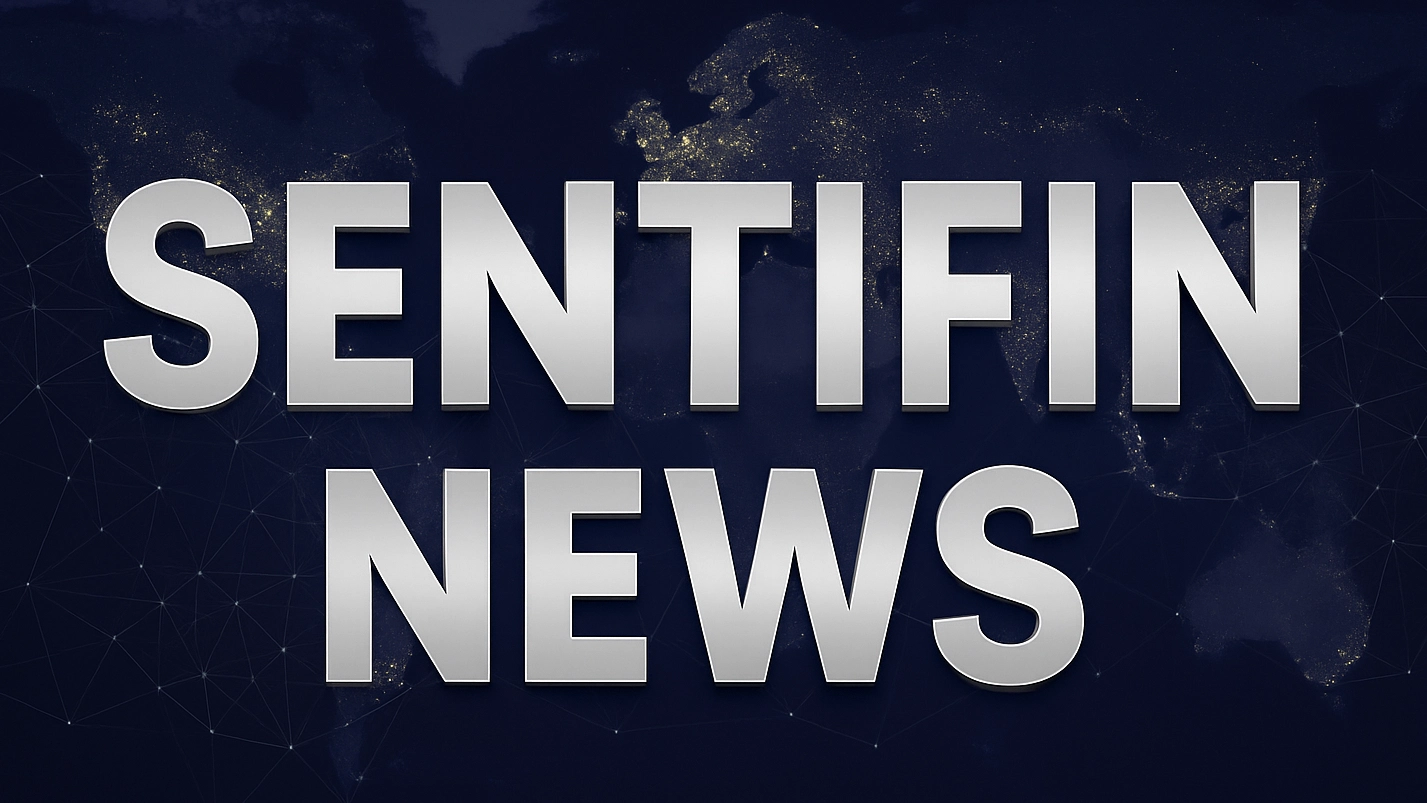Fed Governor Lisa Cook, in first policy speech since Trump suit, says she's undecided on Dec. rate cut

News Summary
Federal Reserve Governor Lisa Cook, in her first policy speech since President Donald Trump attempted to remove her from office, stated her support for recent interest rate reductions and indicated openness to further cuts. Cook has maintained a relatively low profile since Trump's August move to dismiss her over mortgage fraud accusations, primarily dealing with legal battles. Speaking at the Brookings Institution, Cook characterized the economy as solid but noted risks to both the Fed's dual goals of low unemployment and stable inflation. She backed the Federal Open Market Committee's 10-2 vote to lower the benchmark interest rate by a quarter percentage point, marking the second consecutive cut. She believes downside risks to employment outweigh upside risks to inflation. Regarding the future policy path, Cook emphasized a data-dependent stance, indicating that the December meeting is a "live meeting." She highlighted the need to observe the persistence of tariff effects, firms' pricing behaviors, and inventory levels. Her remarks align with Federal Reserve Chair Jerome Powell's earlier caution that a December cut is not a certainty, underscoring potential divergences within the committee. Cook also commented that Trump's tariffs have not fully permeated the economy, but the most likely outcome is a "one-time increase" in prices, not likely to fuel longer-term inflation.
Background
Lisa Cook has served as a Governor on the Federal Reserve Board since May 2022. Following Donald Trump's re-election as US President in November 2024, her position became contested, with his administration attempting to remove her from office. In August 2025, the Trump administration sought to dismiss Cook over accusations of mortgage fraud, but courts blocked this move, citing central bank independence. Cook herself attributed the accusations to "clerical errors" in loan applications. The independence of the Federal Reserve has been a recurring point of contention during the Trump administration, particularly concerning monetary policy decisions. Prior to this speech, the Fed had implemented two consecutive interest rate cuts in September and November, marking the first reductions since December 2024. Federal Reserve Chair Jerome Powell had previously cautioned that a December rate cut was not a certainty, indicating potential divisions within the Fed regarding future policy direction.
In-Depth AI Insights
What are the deeper implications of the ongoing legal battle between the Trump administration and Federal Reserve Governor Lisa Cook for central bank independence and market stability? This dispute is viewed by markets as a critical test of the Fed's fundamental independence, extending beyond the individual. The Trump administration's attempt to remove Cook could be interpreted as an effort to exert pressure on the Fed to influence monetary policy, especially during a re-elected presidency. Such a conflict could: - Increase market volatility: Investors may grow uneasy over the potential politicization of monetary policy, leading to uncertainty in bond and equity markets. - Erode investor confidence: If the Fed's independence is seen as compromised, global investors might question the predictability and reliability of US economic management, impacting the dollar's status and foreign direct investment. - Set a precedent for the future: The outcome of this legal battle will likely set a tone for future presidential-Fed relations, potentially influencing future Fed appointments and removals, thereby affecting the central bank's long-term decision-making capacity. How does Cook's expressed data-dependency and cautious stance on future rate cuts, despite supporting recent reductions, align with the broader FOMC sentiment, especially given Chairman Powell's recent remarks? Cook's "undecided" stance, even after supporting recent rate cuts, signals a nuanced rather than overtly dovish approach. This aligns with Chairman Powell's recent warning that a December cut is not a "sure thing." This suggests: - Internal divisions but flexibility: There may be divergent opinions within the FOMC regarding the economic outlook and the appropriate policy path. Both Cook's and Powell's remarks emphasize data dependency, indicating a willingness to adjust policy flexibly based on incoming economic data rather than adhering to a predetermined path. - Prioritization of risk management: Cook's reference to elevated risks to both employment and inflation suggests the Fed is treading cautiously to avoid either over-tightening or over-loosening. This prudence likely means market expectations for rate cuts by year-end need to be tempered. What are the potential investment implications of Cook's comments on tariff effects, particularly her view on a "one-time increase" versus persistent inflation? Cook's assessment of tariffs is crucial for understanding the inflation outlook and could influence asset allocation strategies: - Alleviates long-term inflation concerns: If tariff impacts are indeed perceived as a one-time price shock rather than a trigger for spiraling inflation, the Fed might have more room to cut rates without excessive concern for an inflation resurgence. This could be positive for bond markets as inflation expectations remain contained. - Sector-specific impacts: While the overall inflation impact might be limited, specific sectors directly affected by tariffs could still face higher costs and pricing pressures. Investors should identify these sectors and assess their profitability and supply chain resilience. - Complexity in policy response: Cook's comments highlight the complexity in assessing the full economic impact of tariffs. This might mean the Fed's baseline projections for future inflation could incorporate tariff effects but not treat them as persistent inflationary drivers, influencing the pace and scale of its policy responses.